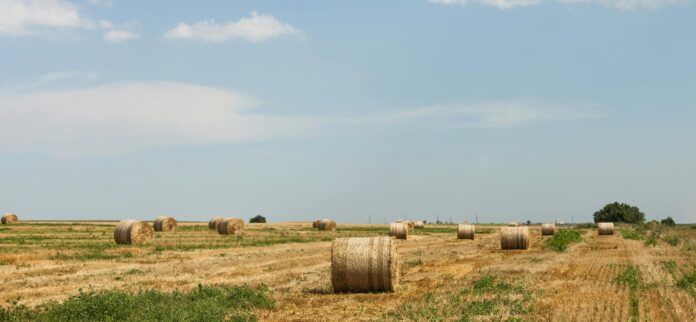The Estonian government has approved and sent to the parliament a bill seeking to amend the Land Tax Act and increase local governments’ decision-making power in setting land tax rates.
Presently, local governments’ autonomy when setting taxes is insufficient, making Estonian local governments heavily dependent on central government funding decisions. This compels local governments to wait for state funding decisions when making budgets and hampers long-term planning in local governance. Tax autonomy at the local government level allows the community to better balance the level of services and tax contributions. This means that the community can agree on what they are willing to pay to improve the availability or quality of a service.
Land tax is currently the only property tax in Estonia that has remained unchanged since 2012.
As a result of the 2022 land valuation, the taxable value of land increased on average by 8.3 times; for example, the taxation of forest land increased on average by 4.6 times, and agricultural land by 22.5 times. To avoid a rapid increase in the land tax burden, the maximum tax rates were reduced by 2.5-5 times for this year and a limit was set that the tax could not increase by more than 10 percent or 5 euros annually. However, these limits have resulted in a situation where some local governments’ land tax revenue this year is lower than in 2023.
According to the draft law, from 2025 the maximum tax rate for residential land and agricultural yard land will be increased from 0.5 percent to 1 percent of the land’s taxable value. Also, the maximum land tax rate for so-called other land, such as commercial land, production land, and transport land, will be increased from 1 percent to 2 percent of the land’s taxable value. This does not mean an automatic increase, as the tax rates are set by the local government. The change will primarily affect local governments in and around Tallinn, which have greater motivation to raise the rate.
In 2025, the uniform national cap on annual land tax growth will be 50 percent and 20 euros, if the 50 percent increase in the land tax amount is less than 20 euros.
From 2026, local governments will be able to set their own annual land tax growth limits ranging from 10-100 percent. The land tax cannot exceed the amount calculated based on the land’s taxable value and the land tax rate. The amendment eliminates the nationwide area-based exemption for residential land, and from 2026, local governments can decide on the amount of the exemption for residential land ranging from 5 to 1,000 euros, meaning that tax must be paid for the portion exceeding the exemption limit. Higher land tax can be paid in two installments, by March 31 and Oct. 1, with the amendment increasing the size of the first payment from 64 euros to 100 euros.
Additionally, the amendment clarifies that state-owned land under public buildings is tax-exempt only if used by a state or local government institution.
The importance of land tax as a source of revenue varies by local government, generally having a larger share in the revenues of primary activities in Tallinn and in large local governments with sparsely populated areas.
The burden of property taxes in Estonia is currently very low. By 2022, it had shrunk to 0.16 percent of GDP. This figure is lower than in Latvia and Lithuania and the lowest compared to other OECD countries.
The law change itself does not mean an increase in land tax more than the current land tax law allows, as the local government decides on the size of the land tax. The amendment gives local governments broader discretion in deciding on the size of the land tax.
Source: BNS
(Reproduction of BNS information in mass media and other websites without written consent of BNS is prohibited.)

